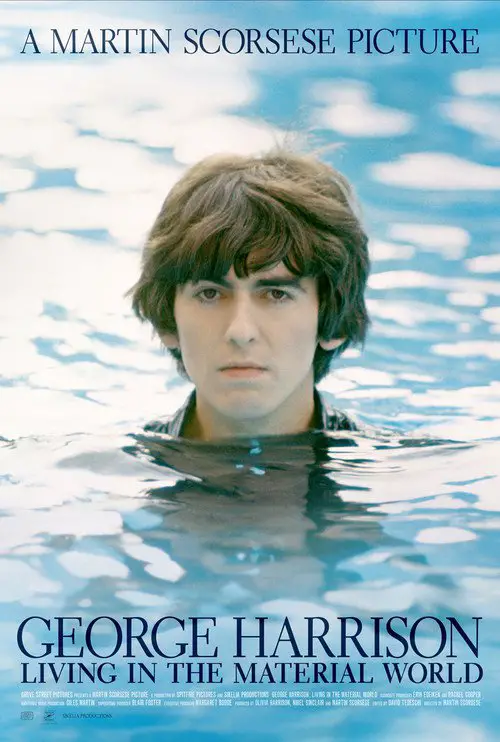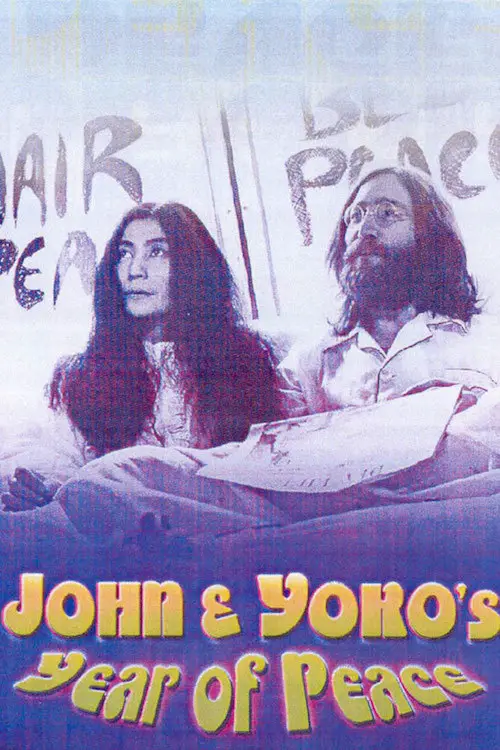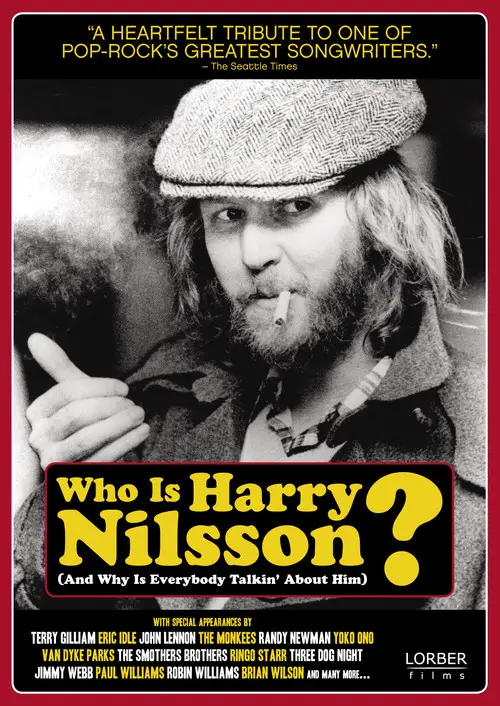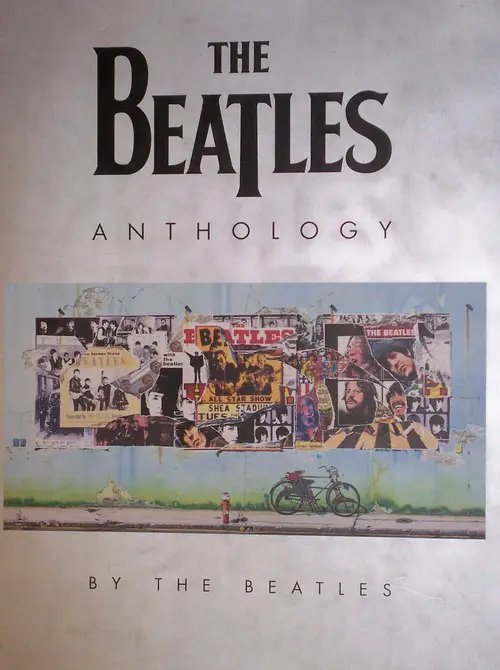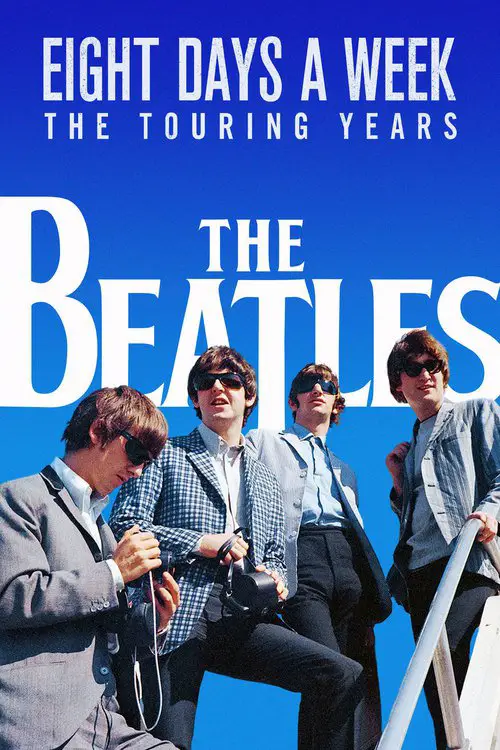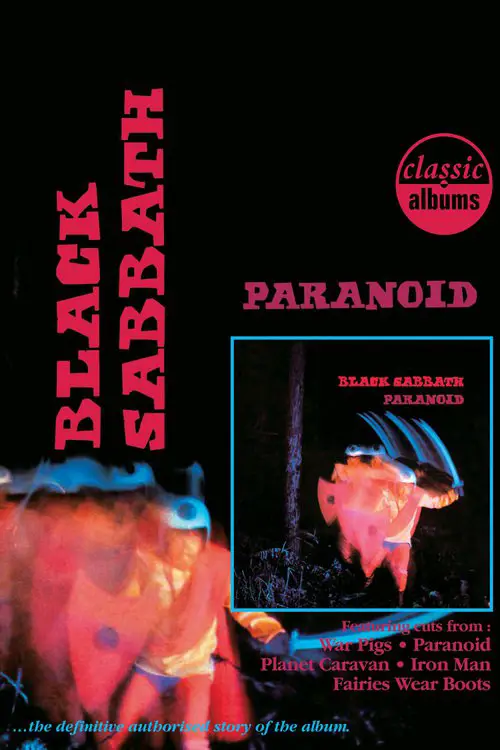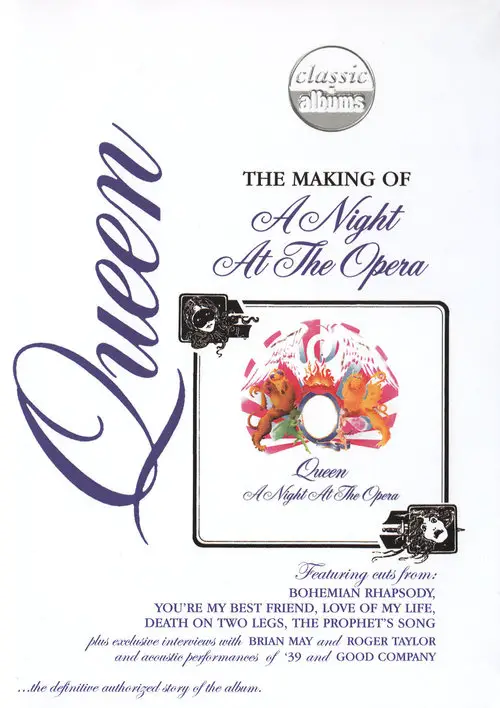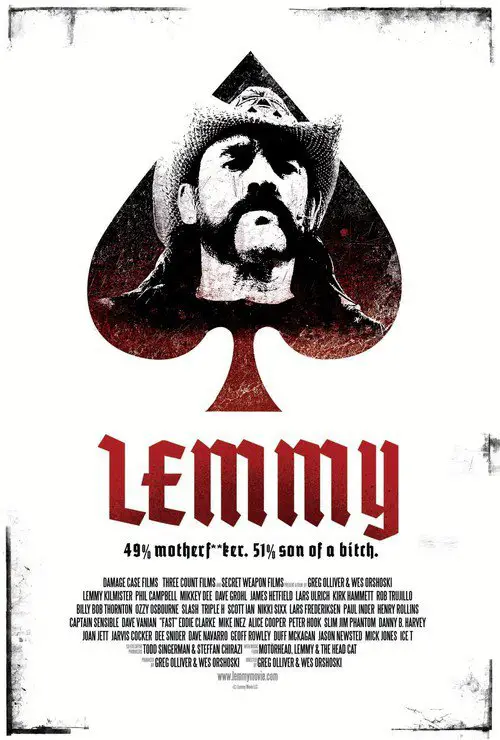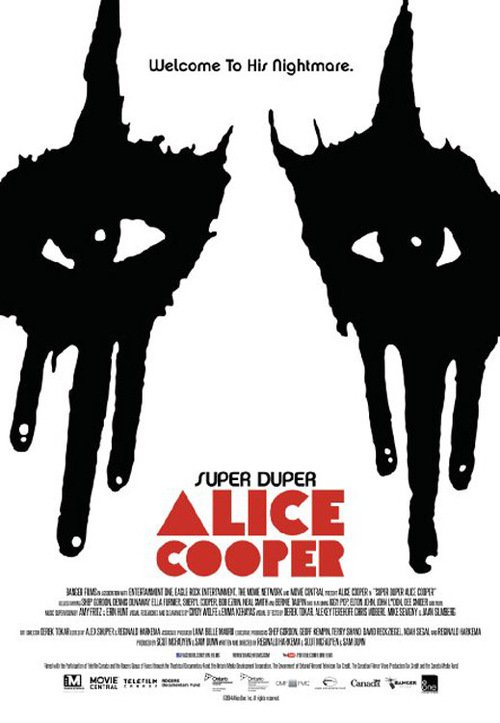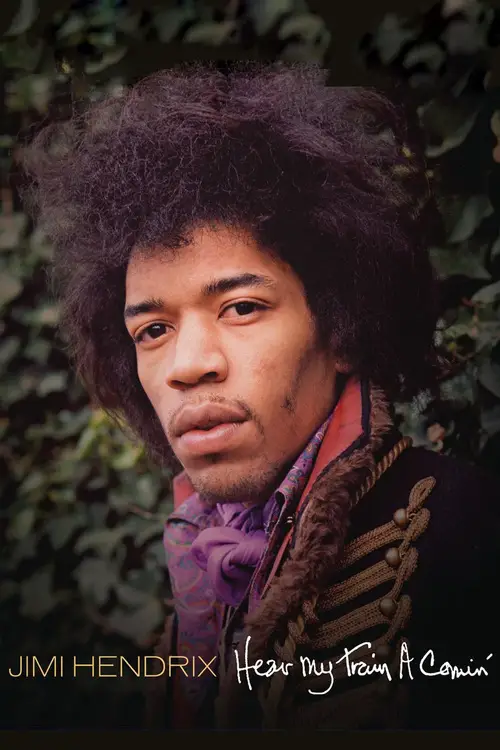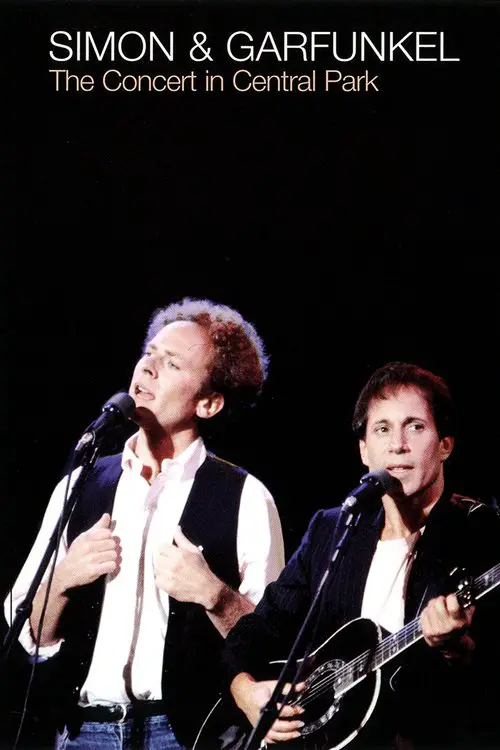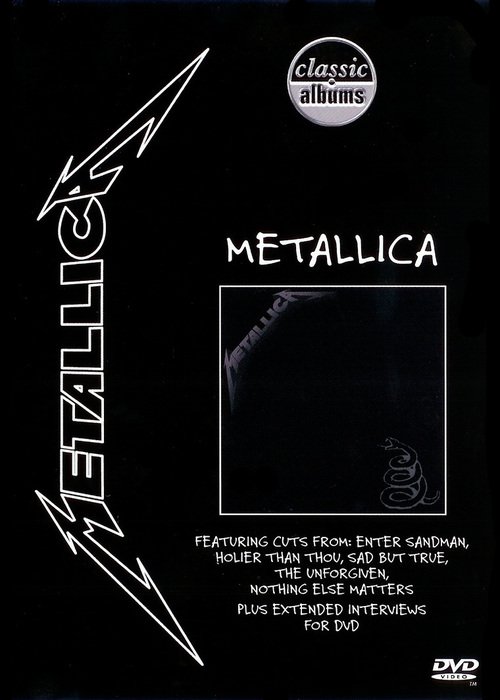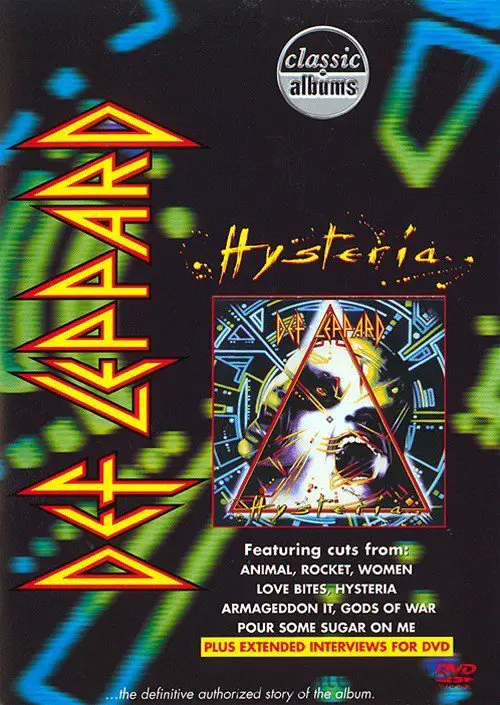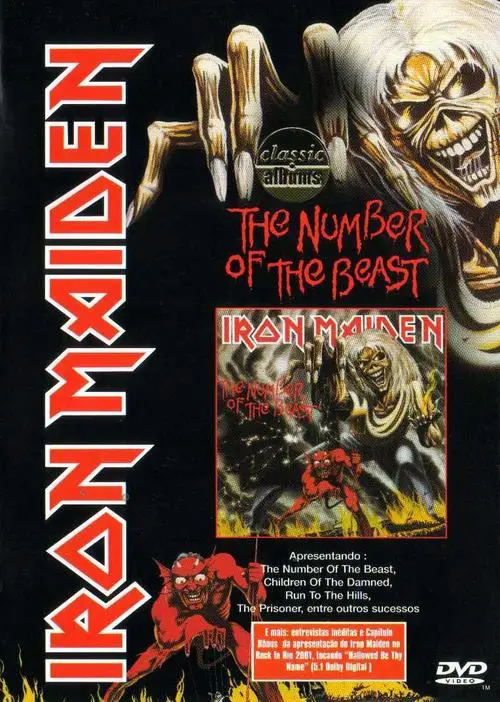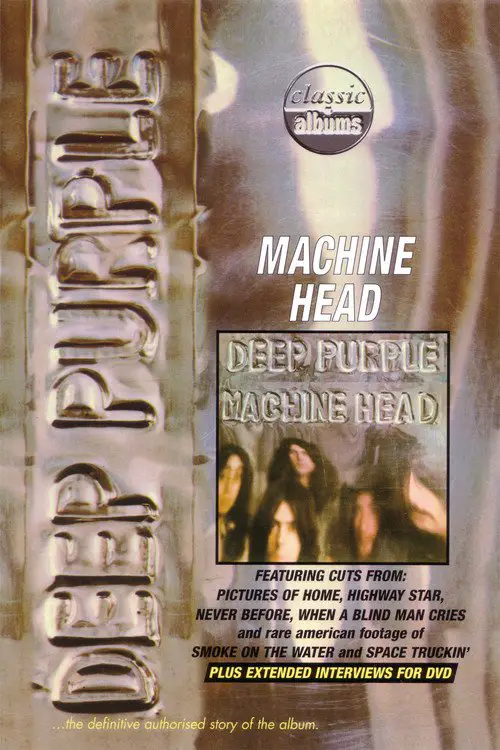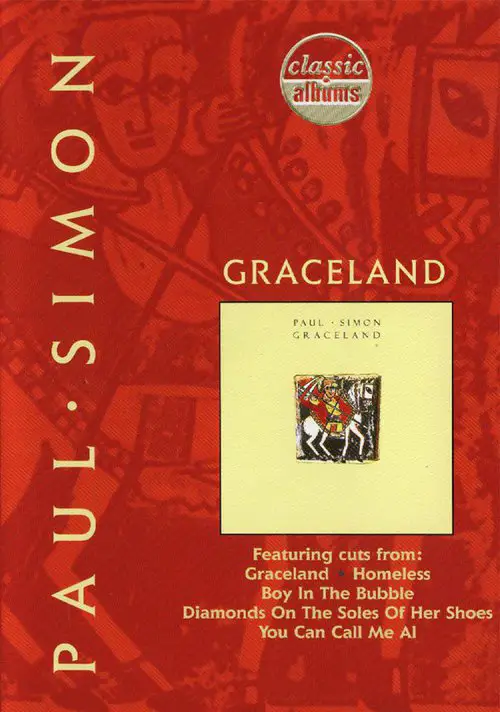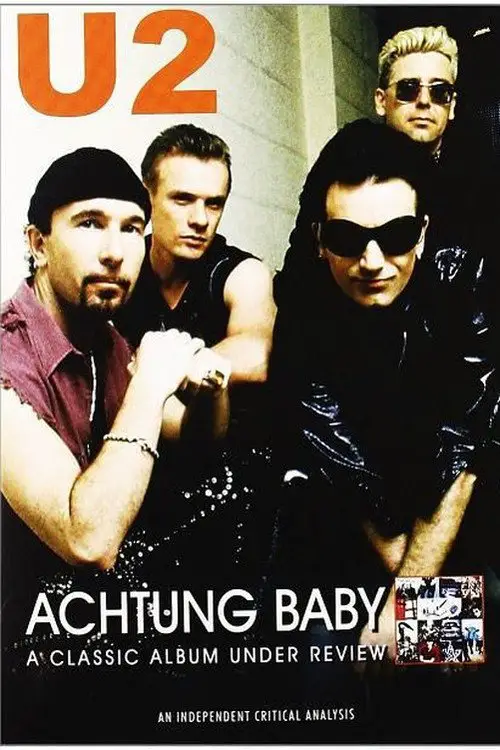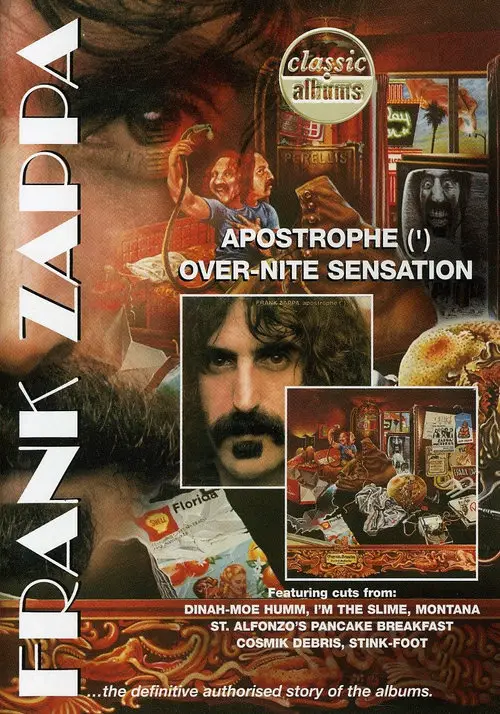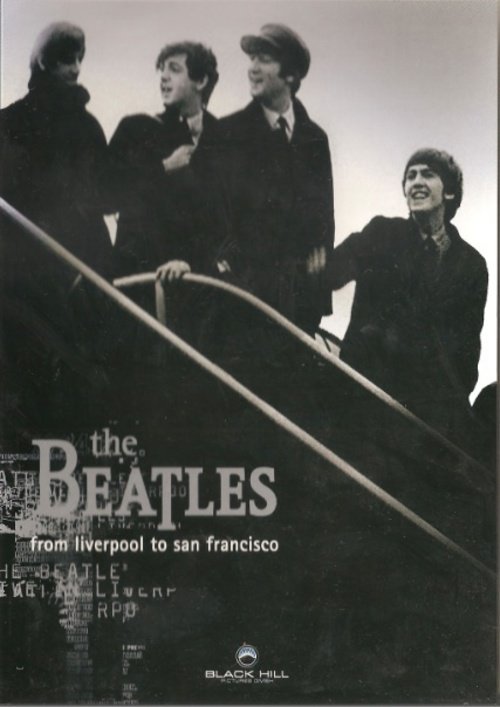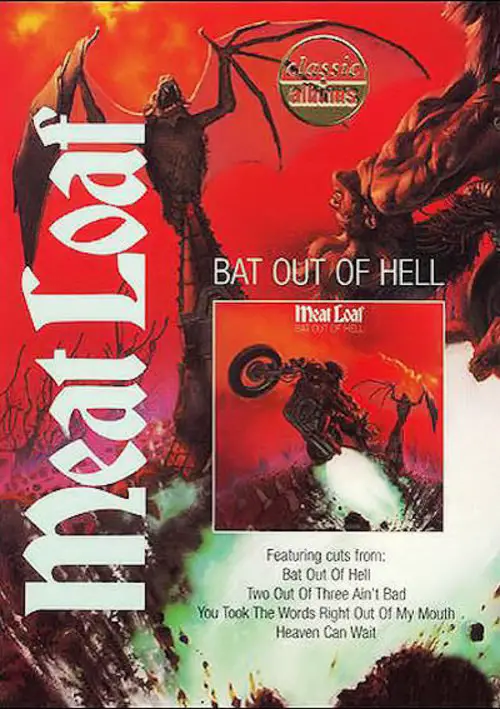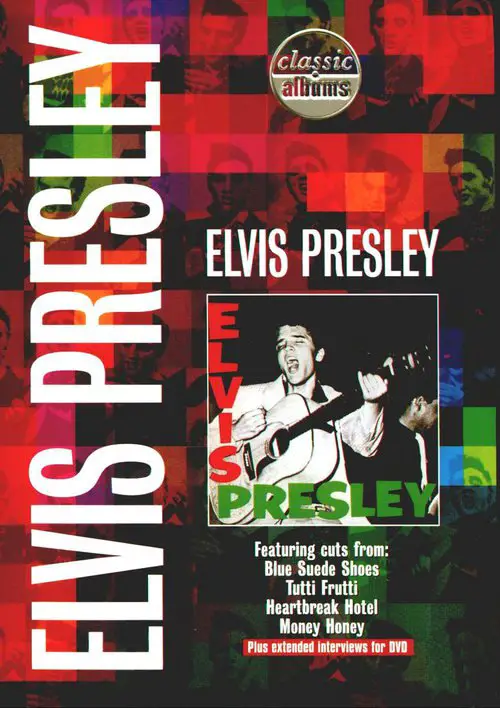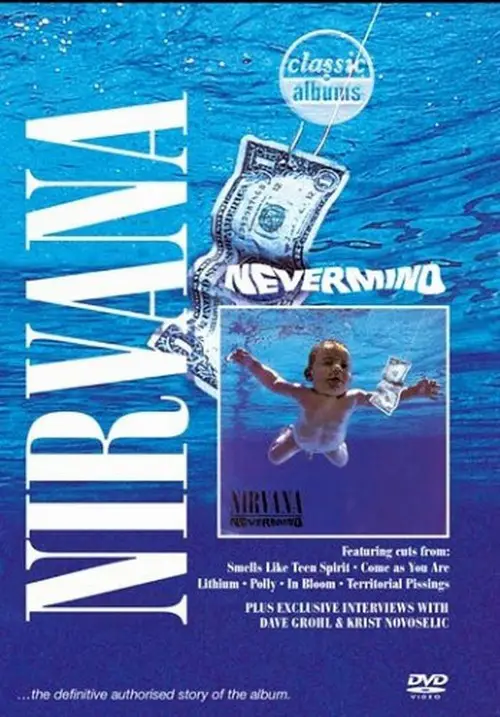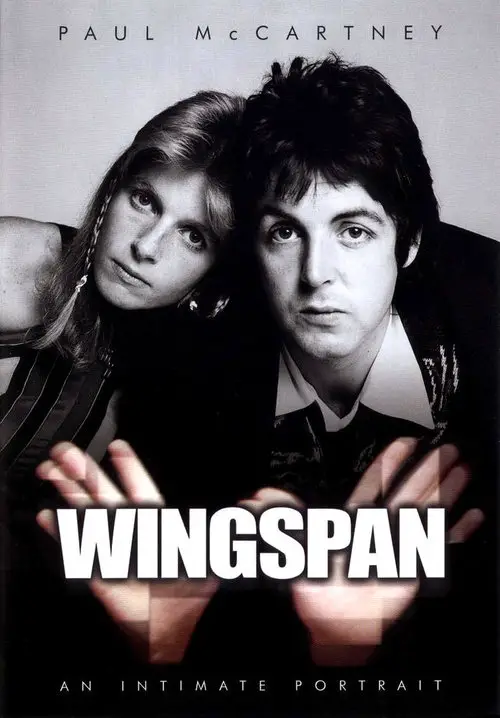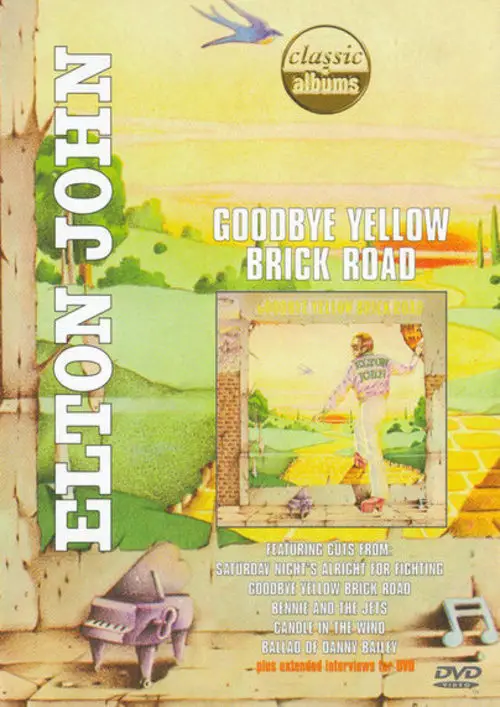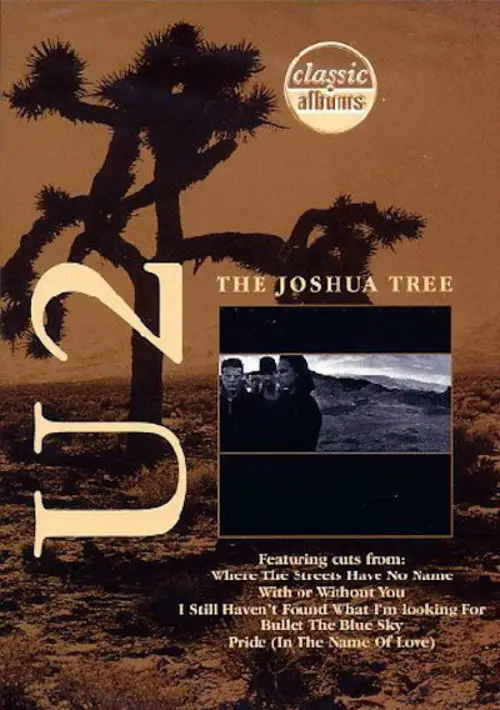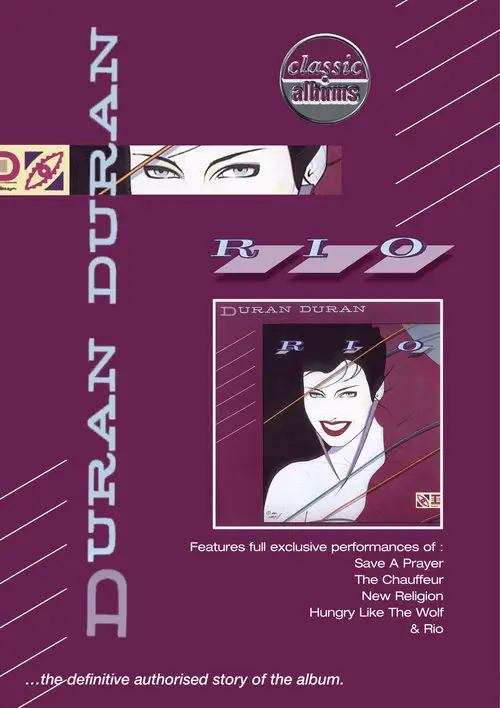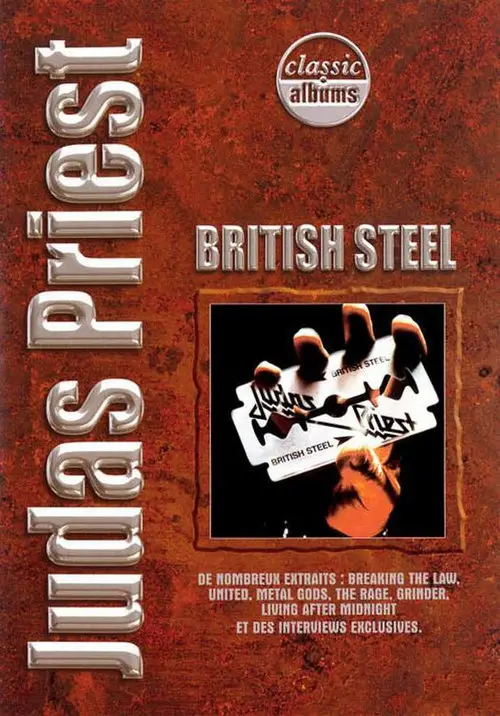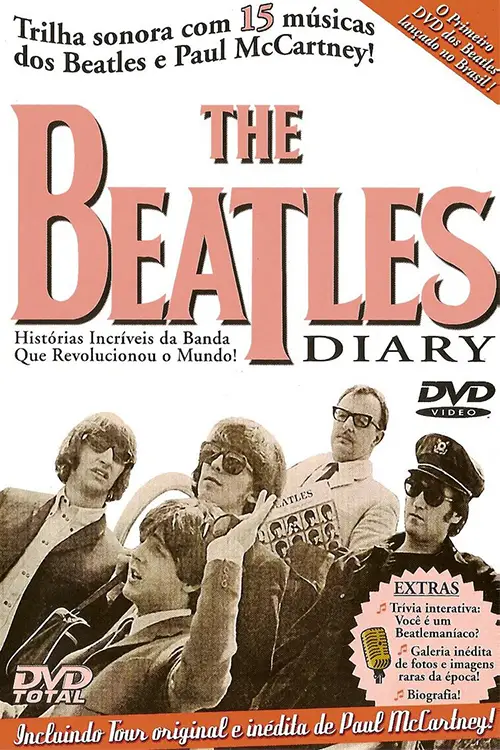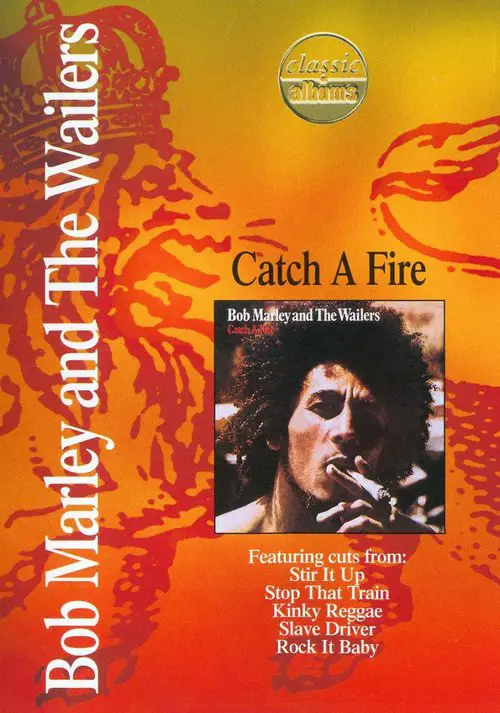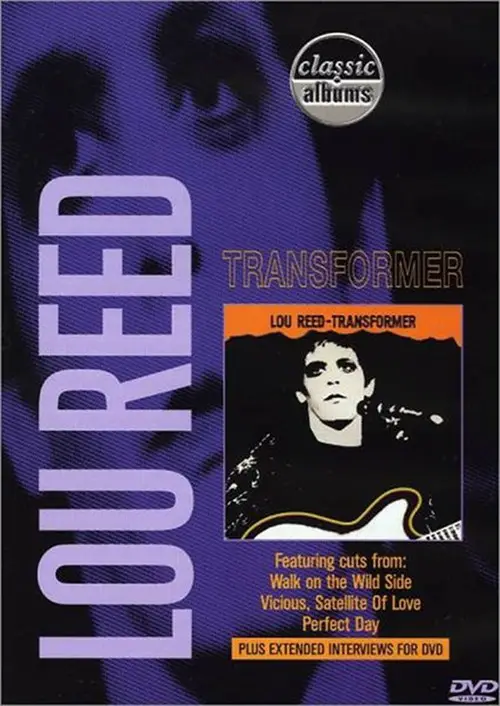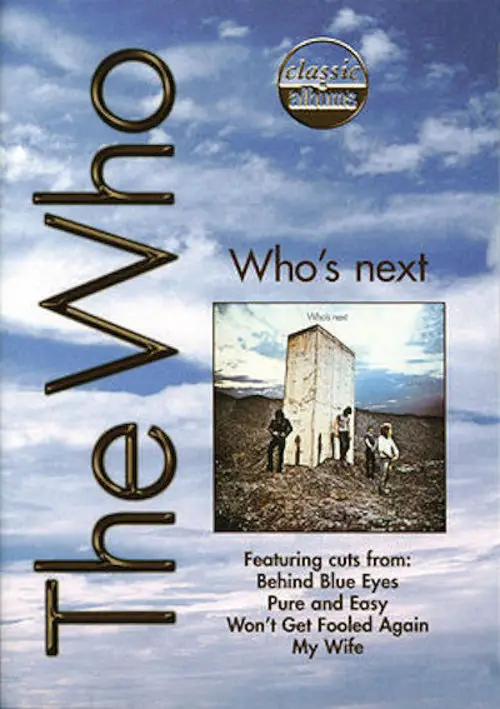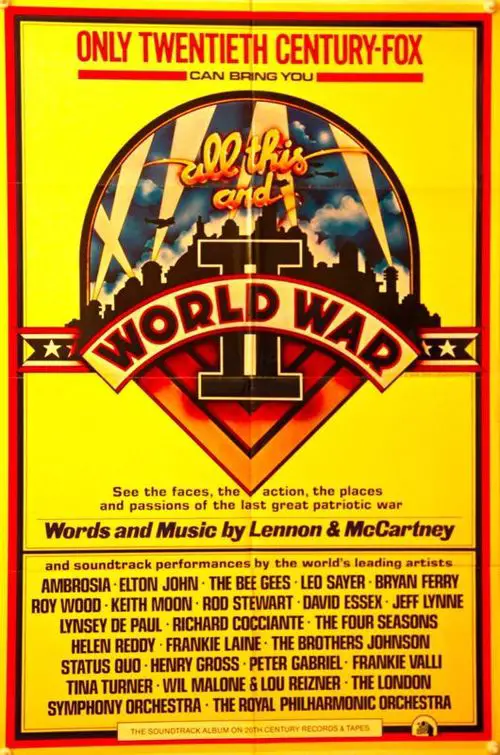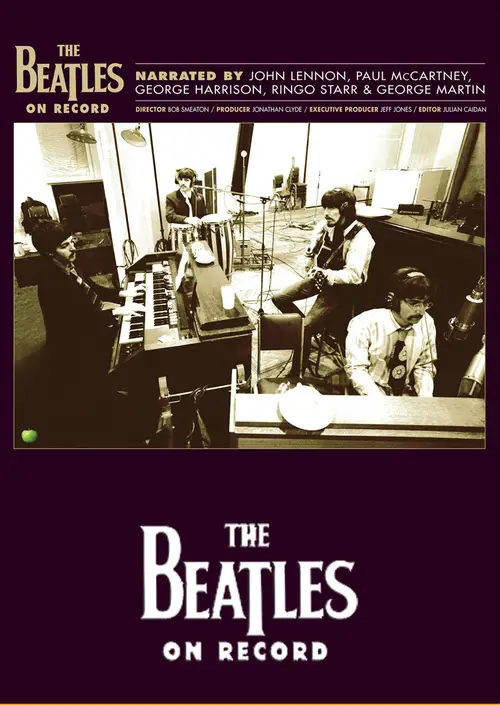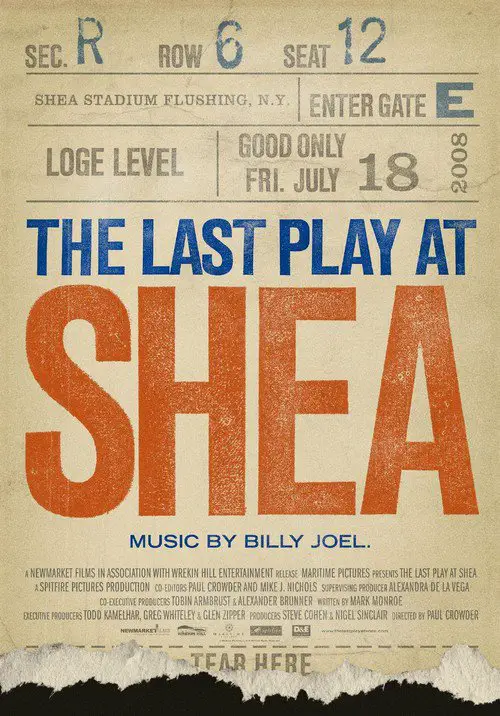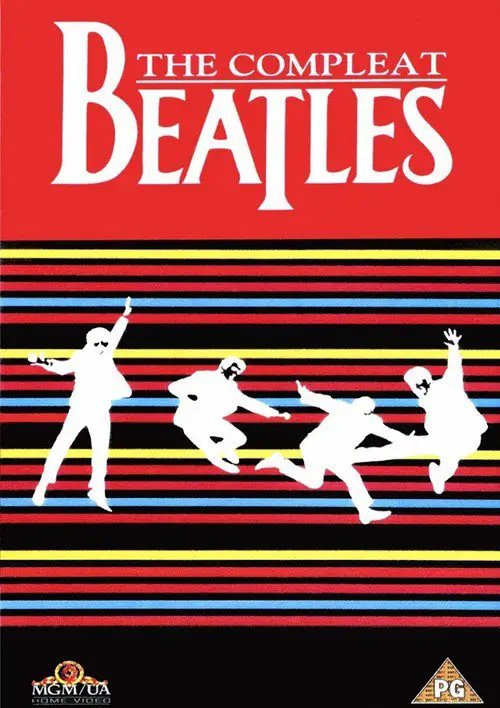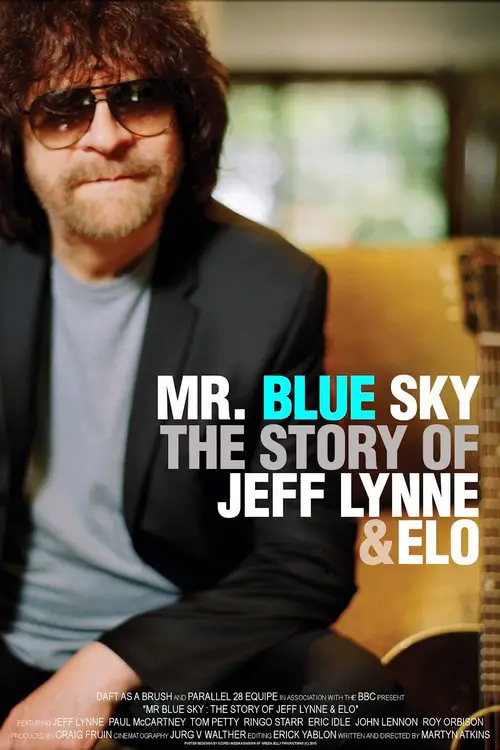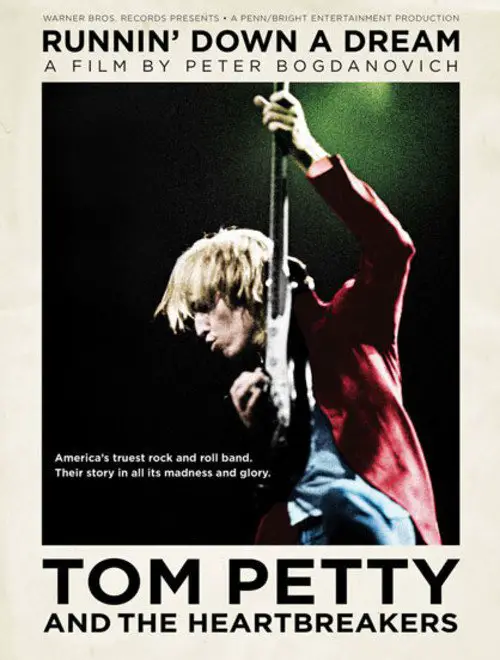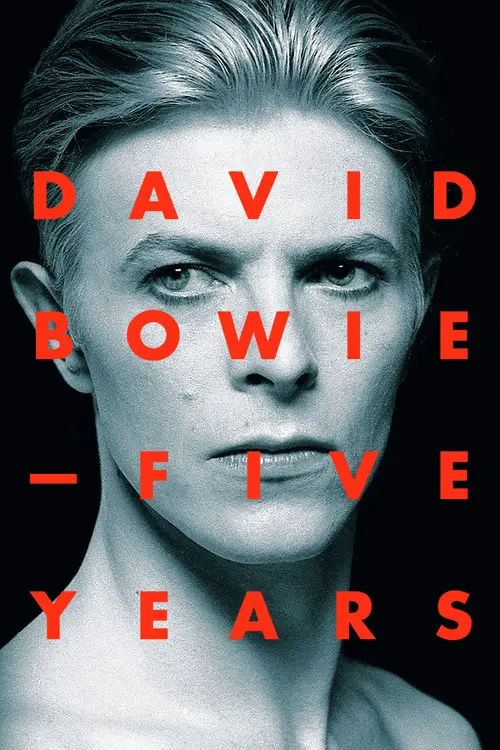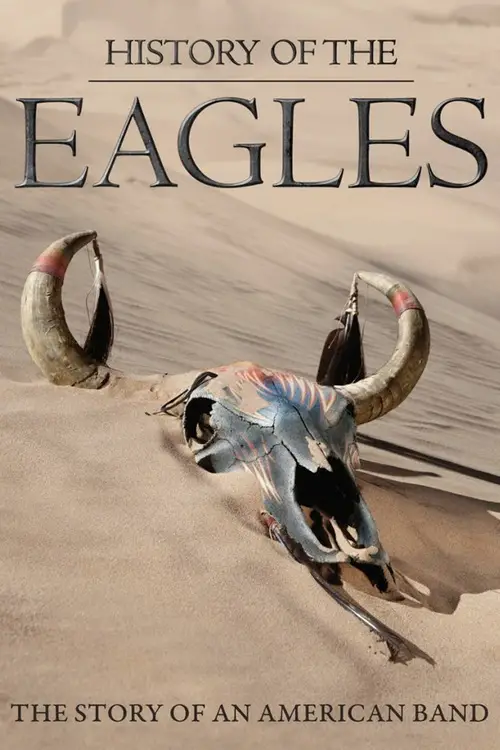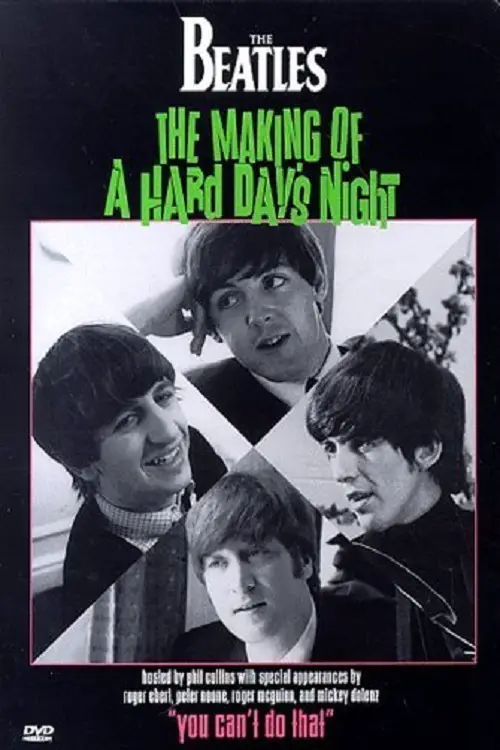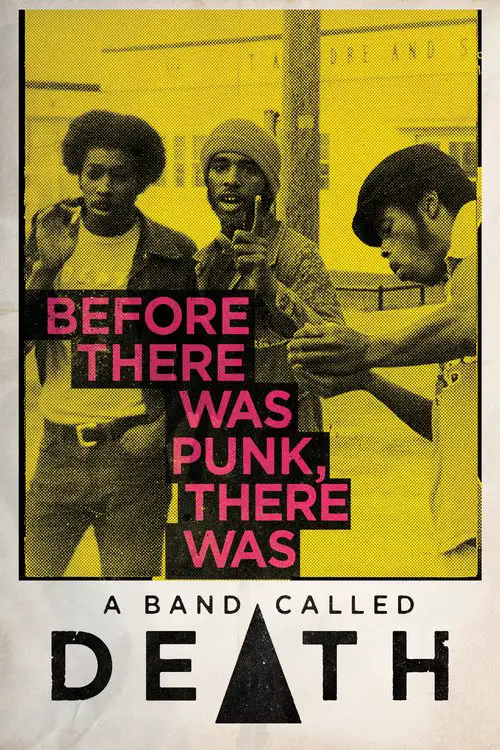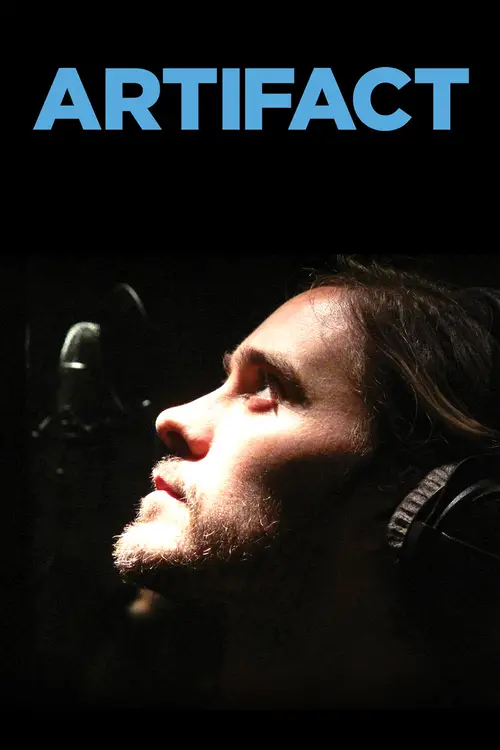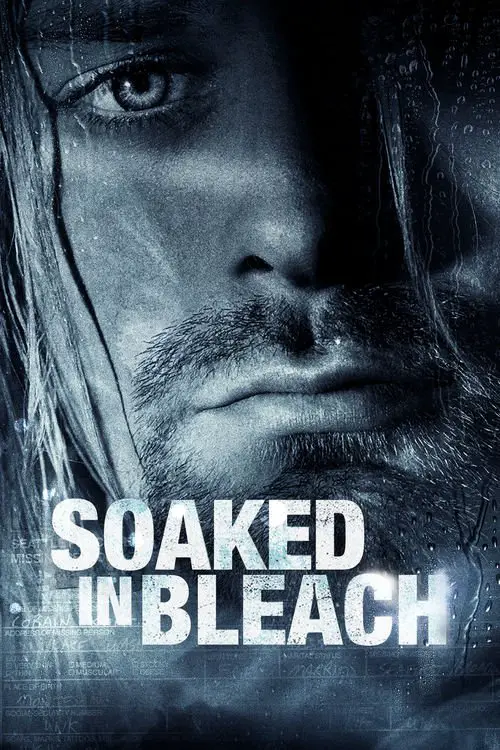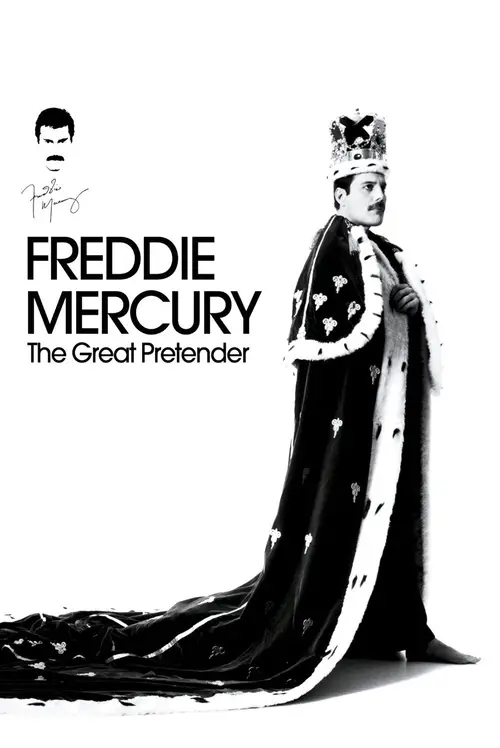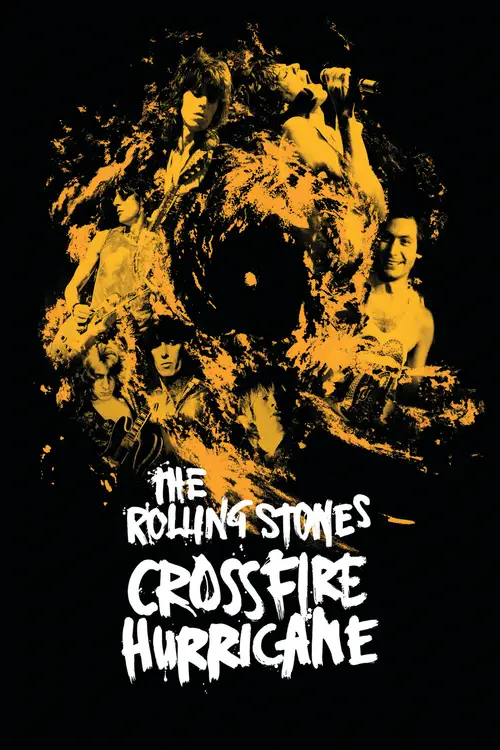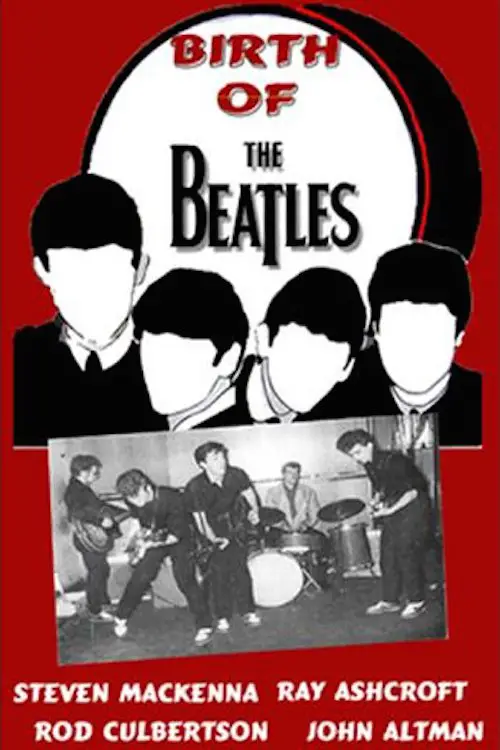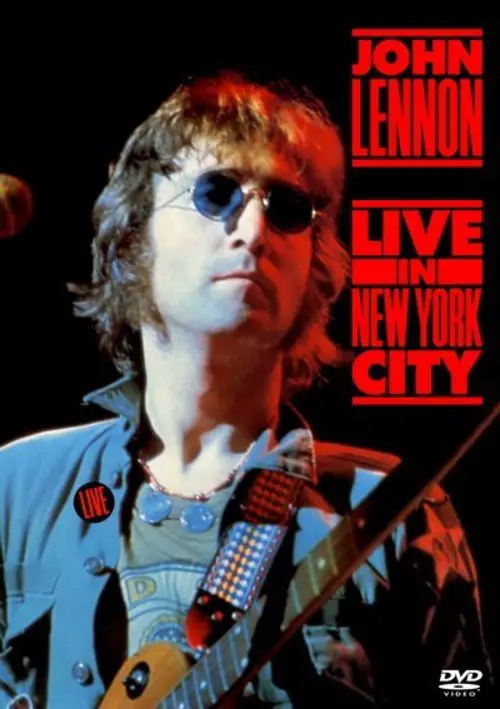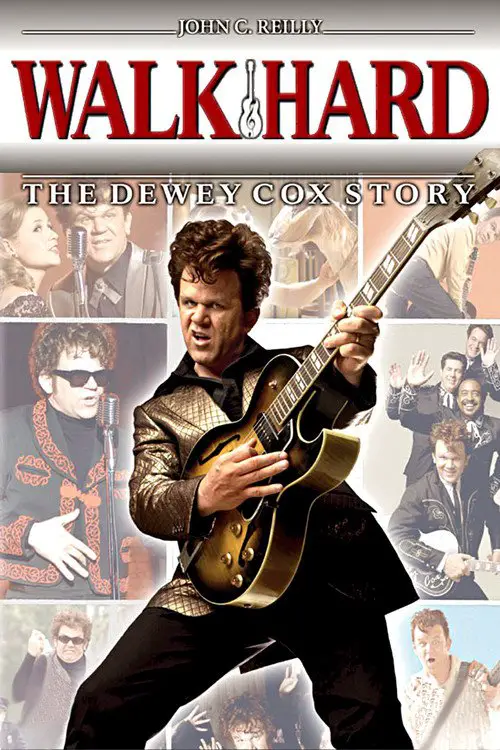John Lennon - Plastic Ono Band (2008)
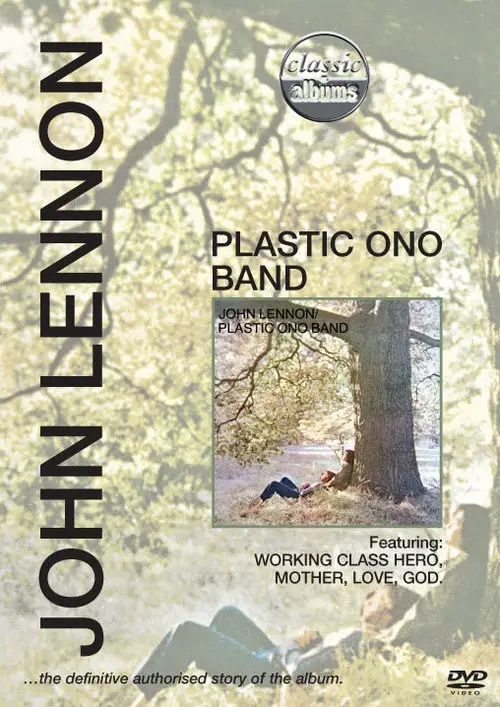
Similar movies
John Lennon, David Bowie, Julian Lennon, and Yoko Ono Lennon are featured in this portrait of the life of musician John Lennon. A documentary about former Beatle John Lennon, narrated by Lennon himself, with extensive material from Yoko Ono's personal collection. This feature-film biography of the legendary rock musician includes previously unseen footage from Lennon's private archives, as well as interviews with his first wife Cynthia, second wife Yoko Ono and sons Julian and Sean. Narrated in Lennon's own voice, IMAGINE was taken from the 240 hours of personal film and video from the star's private collection. Directed by Andrew Solt (who is also responsible for the rockumentary THIS IS ELVIS,) this unique film gives fan a look at the enigmatic, innovative, and often changing pop revolutionary that is unavailable anywhere else.
The year: 1969. Headlines blare war and civil unrest while John Lennon and Yoko Ono are in love. The eccentic rock 'n' roll couple has just gotten married, and more than happy to be together, they want to change the world. Lying in a hotel bed surrounded by journalists, they announce their mission for peace and invite the rest of the world to symbolically climb into bed with them and share their dream. People call them silly, naive, even ridiculous, yet one famous couple's bed-in spread new hope that there really could be an end to war, hate and violence. Here is rare footage from that amazing time, including footage from John and Yoko's wedding, the infamous bedside confrontation between John and conservative cartoonist Al Capp, Lennon debating media expert Marshall McLuhan, and meeting Canadian Prime Minister Pierre Trudeau. Now twenty years after Lennon's murder, Yoko and others involved in the peace mission reflect on the events of that magical, mystical year.
The documentary explores the enigmatic life and music of Harry Nilsson in an attempt to answer the question, "Who is Harry Nilsson?" The film includes new and archive audio and film including interviews with Robin Williams, Yoko Ono, Van Dyke Parks, Randy Newman, Ray Cooper, the Smothers Brothers, and Micky Dolenz. "Who is Harry Nilsson?" uses promotional films, music videos, and home movies; segments from the unreleased documentary made during the recording of Son of Schmilsson (Did Somebody Drop His Mouse?); and excerpts from Nilsson's rare TV appearances in his BBC specials, the "Smothers Brothers Comedy Hour", "Playboy After Dark", and in an episode of "The Ghost and Mrs. Muir".
The Beatles Anthology documentary series was first broadcast in November 1995. The documentary used interviews with The Beatles and their associates to narrate the history of the band as seen through archival footage and performances. The initial volume of the album set was released in conjunction with the documentary in November 1995, with the subsequent two volumes released in 1996. The albums included unreleased performances and outtakes presented in roughly chronological order, along with two new songs based on demo tapes recorded by John Lennon after the group broke up. The book, released in 2000, paralleled the documentary in presenting the group's history through quotes from interviews.
Director Ron Howard tracks the fan phenomena that was Beatlemania from its zenith - 1963 to 1966 - to its end when the Fab Four withdrew from live performance. Landmarks from their US breakthrough in 1964 with I Want to Hold Your Hand to the controversy prompted by John Lennon's flippant "more popular than Jesus" remark are chronicled in a documentary that includes among its interviewees Paul McCartney, Elvis Costello and Eddie Izzard.
The story of how the classic album "Paranoid" was made, with stories from band members to those who were influenced by its content, form and vitality. Paranoid is the second studio album by English rock band Black Sabbath. Released in September 1970, it was the band's only LP to top the UK Albums Chart until the release of 13 in 2013. Paranoid contains several of the band's signature songs, including "Iron Man", "War Pigs" and the title track, which was the band's only Top 20 hit, reaching number 4 in the UK charts. It is often regarded as one of the most quintessential and influential albums in heavy metal history.
If ever there was an album worthy of inclusion in Eagle Visionâs Classic Albums series it is Queenâs breakout release A Night At The Opera. Released in 1975, this was not only the bandâs first platinum album, but also the one that catapulted them into the spotlight as one of the biggest rock acts in the world. Now for the first time, fans are offered an in-depth look at one of rock musicâs seminal records with the Classic Albums DVD Queen â The Making Of A Night At The Opera.
Over four decades, Motorhead frontman Lemmy Kilmister has registered an immeasurable impact on music history. Nearly 65, he remains the living embodiment of the rock and roll lifestyle, and this feature-length documentary tells his story, one of a hard-living rock icon who continues to enjoy the life of a man half his age. Shot on a combination of High Definition and Super 16mm film, "Lemmy" includes interviews with friends, family, bandmates past and present and such admirers/peers as Metallica, Slash, Dave Grohl (Nirvana/Foo Fighters), Ozzy Osbourne, Peter Hook (Joy Division/New Order), actor Billy Bob Thornton, wrestling superstar Triple H, Alice Cooper, Mick Jones of The Clash, and many more.
Emerging from the Detroit music scene of the 1970s in a flurry of long hair and sequins, Alice Cooper restored hard rock with a sense of showmanship, while simultaneously striking fear into the hearts of Middle America with the chicken-slaughtering, dead-baby-eating theatrics that would cement his identity as a glam metal icon. Meticulously crafted from rare archival footage, Super Duper Alice Cooper tells the story of the man behind the makeup, Vincent Furnier, the son of a preacher, who got caught in the grip of his own monster.
Hear My Train A Cominâ unveils previously unseen performance footage and home movies taken by Hendrix and drummer Mitch Mitchell while sourcing an extensive archive of photographs, drawings, family letters and more to provide new insight into the musicianâs personality and genius. The two-hour film uses Hendrixâs own words to tell his story, illustrated through archival interviews and illuminated with commentary from family, well-known friends and musicians including Paul McCartney, band members Noel Redding, Mitch Mitchell, Billy Cox, long-time sound engineer Eddie Kramer; Steve Winwood, Vernon Reid, Billy Gibbons, Dweezil Zappa and Dave Mason.
The Concert in Central Park is a live album by Simon & Garfunkel. On September 19, 1981 the folk-rock duo reunited for a free concert on the Great Lawn of New York's Central Park attended by more than 500,000 people. They released a live album from the concert the following March (Warner Brothers LP 2BSK 3654; CD 3654). It was arranged by Paul Simon and Dave Grusin, and produced by Paul Simon, Art Garfunkel, Phil Ramone and Roy Halee. The concert was also shot on videotape, televised by HBO in 1982, and subsequently released on various home video formats. The VHS and DVD contain two songs that were omitted from the live album: "The Late Great Johnny Ace" and "Late in the Evening (Reprise)". "Johnny Ace" was disrupted by a fan rushing the stage who came very close to attacking Paul. This incident was both frightening and coincidental, as the song is an elegy upon the murder of John Lennon just one year earlier.
Released to coincide with the 30th anniversary of this classic album, learn how Pink Floyd assembled "Dark Side of the Moon" with the aid of original engineer Alan Parsons. All four band members--Roger Waters, David Gilmour, Nick Mason, and Richard Wright--are interviewed at length, giving valuable insights into the recording process. The themes of the album are discussed at length, and the band take you back to the original multi track tapes to illustrate how they pieced together the songs. With individual performances of certain tracks from Roger, David, and Richard included, this is an essential purchase for any Pink Floyd fans, and a fascinating artefact for rock historians everywhere.
The story of the making of this remarkable album is told here via exclusive interviews, archive footage and performance, with contributions from producer Bob Rock, band members James Hetfield, Lars Ulrich, Kirk Hammett, and Jason Newsted. We revisit the original multi-tracks of the album, as well as listen to previously unheard demo recordings. Featuring the five singles from the album, Enter Sandman, Sad But True, The Unforgiven, Wherever I May Roam and Nothing Else Matters, this is the compelling story of one of the biggest selling albums of all time, a true Classic Album.
This program takes a track by track look at the making of the album. We speak to Joe Elliott, Rick Allen, Phil Collen, and Rick Savage who lead us through the original multitrack tapes. Joe and Phil play acoustic versions of 'Pour Some Sugar On Me" and "Hysteria," and Sav and Phil demonstrate riffs and licks from the songs, and explain the genesis of the songwriting. Features songs: Animal, Rocket, Love Bites, Hysteria, Women, Armageddon It, and Pour Some Sugar On Me. In this episode of the CLASSIC ALBUMS series, the surviving members of Def Leppard discuss the making of HYSTERIA as they sort through and explain the original multi-track tapes. In addition, some impromptu acoustic performances and musical demonstrations further dissect this classic album
1982 was a momentous year for Iron Maiden. Following the addition of brilliant new vocalist Bruce Dickinson, their third album the number of the beast was released to universal acclaim from both critics and rock fans. The album topped the UK charts for 2 weeks, launched them into the US top 40 for the first time, and invaded the top 10 album charts worldwide achieving a plethora of gold and platinum awards. The number of the beast is regarded as one of the greatest and most influential heavy metal albums of all time, including, along with demonic title track, such classic metal anthems as run to the hills, hallowed be thy name, the prisoner and children of the damned. This exclusive film tells the full and vibrant story behind the making of the album.
This musical biography tells the story of the making of Deep Purple's classic album "Machine Head. Exclusive interviews with Ritchie Blackmore, Ian Gillan, Roger Glover, John Lord and Ian Paice take us through a track by track making of the album. The performers demonstrate riffs & licks from the songs and explain the genesis of the songwriting. Also included are featured songs, archive footage of Deep Purple in concert, including American footage of "Smoke on the Water" and "Space Truckin'", TV performances and promotional videos, more.
Singer-songwriter Paul Simon had been on the cutting-edge of pop music throughout most of the 1960s and the '70s, first as half of the seminal folk-rock duo Simon & Garfunkel, and then as a well-received solo artist. But the rise of 1980s rock and new wave saw a decline in Simon's commercial success, and the singer responded by experimenting with different musical styles--most notably, world beat--that culminated in his adventurous 1986 masterpiece GRACELAND. The album's fusion of American folk-rock songwriting and buoyant South African rhythms not only broke new ground in pop music, but became Simon's biggest-selling solo record. This episode of the CLASSIC ALBUMS series examines the making of Simon's groundbreaking work through interviews, behind-the-scenes footage, music videos, and live performances of album tracks such as "Boy in the Bubble," "Diamonds on the Soles of Her Shoes," "You Can Call Me Al," and "Under African Skies."
This profile of the seminal rock band U2 traces the writing and recording of the group's landmark 1991 album Achtung Baby: a story that begins with the band verging on breaking up, and ends with a new era in the longstanding foursome's creativity and success. The release uses rare interviews, backstage footages, performances, as well as criticism and analysis by rock journalists and fellow musicians to tell the band's tale.
This episode focuses on Zappa's early 70s albums, Overnight Sensation (1973) and Apostrophy (') (1974). Together they encapsulate Zappa's extraordinary musical diversity and were also the 2 most commercially successful albums that he released in his prolific career. Included are interviews, musical demonstrations, rare archive & home movie footage, plus live performances to tell the story behind the conception and recording of these groundbreaking albums. Extras include additional interviews and demonstrations not included in the broadcast version, 2 full performances from the Roxy in 1973 and Saturday Night Live in 1976, and new full live performance done specially for these Classic Albums.
They were four ordinary lads from Liverpool who became the biggest rock band the world had ever seen. Wherever they went, they won hearts and sold millions of discs and cinema tickets. What was so special about them that they could fill concert halls and airports form Tokyo to New York with thousands of fans? Why did the dream die and what have "The Fab Four" left behind? In short, who were the Beatles and how did they conquer the world? In this program, we look at their progress week by week through the best days of their lives with footage of fans and interviews, destinations and encounters, good times and bad. The Beatle Diaries tells you all you need to know about the significant events of the Fab Fourâs glory years. Travel with John, Paul, George and Ringo from their early days in Liverpool to San Francisco, where they played their last concert together.
Never one for understatement, the aptly named singer known as Meat Loaf (aka Marvin Lee Aday) teamed with operatically-minded pianist-composer Jim Steinman to produce a bombastic slab of 1970s classic rock that has become one of the biggest selling albums of all time. Fueled by Steinman's epic compositions, Todd Rundgren's grandiose production, and Meat Loaf's own soaring vocals, the singer's 1977 debut BAT OUT OF HELL elevated the rock-opera genre to appropriately theatrical heights with its extravagant orchestration and a melodramatic narrative celebrating teenage rebellion. This episode of the CLASSIC ALBUMS series recounts the making of this monumental work through interviews, archival footage, and live performances of album tracks such as "You Took the Words Right Out of My Mouth," "Two Out of Three Ain't Bad," and, of course, the adolescent opus "Paradise by the Dashboard Light."
"It was like the world went from black & white to Technicolor," says Keith Richards of the emergence of Elvis Presley in the mid-'50s, and this look at the King's first official album (the legendary Sun Sessions weren't issued in album form until well after the fact) backs up that claim. The one-hour program (plus 40 minutes of bonus interview material on the DVD) combines performance footage (the early TV shows are not to be missed), photos, and more to limn Presley's early days, when he combined country, blues, and R&B to forge a unique, galvanizing style. Sun producer Sam Phillips, author Peter Guralnick, Presley's musicians, and others are on hand to provide insight and background. But in the end, of course, it comes down to the music--and when you're talking about the likes of "Blue Suede Shoes," "Tutti Frutti," "Money Honey," and "Heartbreak Hotel" (a single that actually wasn't on the album), "classic" hardly begins to cover it.
Nirvana's groundbreaking 1991 album NEVERMIND raised the Seattle trio to the status of Godhead, forever changing the face of the pop music market. "Here we are now, entertain us" may have come and gone as a catch-phrase, but as an insight into a generation's bitterly restless tide, it ranks right up there with "I can't get no satisfaction." Part of the CLASSIC ALBUMS series, this release sheds new light on the production and legacy of NEVERMIND through revealing interviews with industry insiders. With unprecedented openness, remaining band members Krist Novoselic and Dave Grohl discuss the production of individual songs, and tell amusing anecdotes about the band's financial struggles just before making it big. In addition, NEVERMIND producer Butch Vig invites viewers into his studio, where he dissects and examines each of the album's tracks. By isolating, examining, and reassembling each instrument and vocal track, Vig is able to recreate the manner in which the album was produced.
When the most famous and influential pop band in the world, the Beatles, broke up in 1970, hardly anyone expected that resident heartthrob Paul McCartney could follow up with another highly successful rock band. With the formation of Wings, however, Paul and his wife Linda did just that. WINGSPAN is a riveting documentary look at McCartney's labor of love which combines a musical history with the McCartney family history. Through rare behind-the-scenes footage, home movies, and intimate family photos, the story of the band who dared to write "Jet" unfolds.
The worlds of glitz, glam, and pop-rock fused immortally on Goodbye Yellow Brick Road, born of the formidable partnership of Elton John and Bernie Taupin. This 1973 double album may well have been the peak of their collaboration. Ranging from perennial favorites like "Candle in the Wind," "Benny and the Jets," and the title track to more ambitious compositions like "Funeral for a Friend (Love Lies Bleeding)" and everything in between, Goodbye is unmatched in its depth and scope. This entry in the Classic Albums series of DVDs documents the often tumultuous writing and recording sessions for that masterpiece through vintage clips of the musicians in the studio and new interviews with Elton, Bernie, producer Gus Dudgeon, and the band members. We may never know how the John-Taupin team achieved their magic, but this release offers a both a peek at the process and a few reasons why the album endures today.
This Classic Albums feature on The Joshua Tree is a fantastic look into the production of the legendary album. The new interviews with Bono, the Edge, Adam Clayton, Larry Mullen, Daniel Lanois, Brian Eno, and Flood are very warm and filled with personality and information. The highlights are the conversations with Edge, where he plays guitar along with "With or Without You", discussing his favorite guitar moments on the song, and when he shares the original demo of "Where the Streets Have No Name" produced in his home. Daniel Lanois (producer) shares his favorite instrumental moments, and Bono seems actually humble throughout (an amazing feat, it must have been done in editing).
This entry in the Classic Albums series examines RIO, the 1982 release that put Duran Duran on the road to stardom. Looking back at the creation and release of the hit singles "Hungry Like the Wolf," "Save a Prayer," and many others, the critical retrospective analyzes the album's overall effect on the musical landscape of the early 1980s. The optimistic and celebratory album generated a string of hit singles and groundbreaking videos, catapulting the band to global stardom. This DVD tells the story behind the writing, recording, and subsequent success of the album through newly filmed interviews, musical demonstrations, and both new and archival performances.
Had Judas Priest released just this one album, it would still go down in history. Judas Priest was one of the most influential heavy metal bands of the 70's. BRITISH STEEL made them a world-famous band. The welding of BRITISH STEEL is told in this exclusive program in the band's own words, and by their once long-term producer Tom Allom. Featuring archive footage, interviews and rare live performances, plus all of BRITISH STEEL'S finest songs, including "Living After Midnight", "Breaking the Law", "Metal Gods", "The Rage", "United" and "Grinder", this is a compelling, witty and exhilarating look at the making of one of heavy metal's most artful creations, a true Classic!
The Wailers, featuring the legendary Bob Marley, Peter Tosh and Bunny Wailer, became the most influential band in the history of Reggae music. "Catch a Fire," their first Island album, released in 1973, introduced them to an international rock audience. The principal figures in the creation of the album tell the story of how this record was designed to "cross-over." The program features a unique interview and performance with Bunny Wailer, rare archive interviews with Bob Marley and Peter Tosh and contributions in words and music from many of those who performed, Rare home movies of the Wailers in Jamaica, unseen footage lots more.
In 1972, Lou Reed's second solo album Transformer elevated him from a minor cult figure to one of the best known and most talked about artists in rock & roll, with its incisive portrait of the demimonde and the distinctive hit single "Take a Walk on the Wild Side." Classic Albums: Lou Reed -- Transformer offers a look at the making of this landmark album, with Lou Reed and engineer Ken Scott offering an in-depth perspective on the recording sessions, and Herbie Flowers revealing how he came up with his memorable bass line for "Walk on the Wild Side."
In this 1999 documentary, Pete Townshend, Roger Daltrey and John Entwistle discuss the making of what many consider the Who's greatest testament to Townshend's songwriting talent: their classic album "Who's Next." Others close to the group weigh in with insights about the late Keith Moon's importance to the band. The retrospective also features unseen performances of tunes from the platter, including "Won't Get Fooled Again" and "Baba O'Riley."
In 1964, when the New York Mets were regarded as little more than a punch line in major league baseball, the team moved into a brand new ballpark, Shea Stadium, which was to become their home for the next forty-four years. Shea Stadium was closed (in part to create more parking space for a new stadium, Citi Field), and on July 16 and 18, 2008, Billy Joel headlined the final concerts held at the stadium. Filmmaker Paul Crowder and a camera crew were on hand for Joel's shows, and the documentary THE LAST PLAY AT SHEA chronicles his historic two-night stand, as well as exploring Joel's career, his ties to working-class New York, and how his life and career paralleled the growth of suburban Long Island and the beloved ballpark.
Documentary which gets to the heart of who Jeff Lynne is and how he has had such a tremendous musical influence on our world. The story is told by the British artist himself and such distinguished collaborators and friends of Jeff as Paul McCartney, Ringo Starr, Tom Petty, Joe Walsh, Olivia and Dhani Harrison, Barbara Orbison and Eric Idle. The film reveals that Lynne is a true man of music, for whom the recording studio is his greatest instrument. With access to Lynne in his studio above LA, this is an intimate account of a great British pop classicist who has ploughed a unique furrow since starting out on the Birmingham Beat scene in the early 60s, moving from the Idle Race to the multi-million selling ELO in the 70s and then, with Bob Dylan, Tom Petty, Roy Orbison and George Harrison, as a key member of the Traveling Wilburys.
Directed by Peter Bogdanovich and packed with rare concert footage and home movies, this documentary explores the history of Tom Petty and the Heartbreakers, including Petty's famous collaborations and notorious clashes with the record industry. Interviews with musical luminaries including Jackson Browne, George Harrison, Eddie Vedder, Roger McGuinn, Jeff Lynne, Dave Stewart and Petty himself shed
Featuring a wealth of previously unseen archive, this film looks at how Bowie continually evolved: from Ziggy Stardust to the Soul Star of Young Americans, to the âThin White Dukeâ. It explores his regeneration in Berlin with the critically acclaimed album Heroes, his triumph with Scary Monsters and his global success with Letâs Dance. With interviews with all his closest collaborators, David Bowie - Five Years presents a unique account of why Bowie has become an âicon of our timesâ. Produced and directed by Francis Whately
An intimate and moving meditation on the late musician and artist Kurt Cobain, based on more than 25 hours of previously unheard audiotaped interviews conducted with Cobain by noted music journalist Michael Azerrad for his book "Come As You Are: The Story of Nirvana." In the film, Kurt Cobain recounts his own life - from his childhood and adolescence to his days of musical discovery and later dealings with explosive fame - and offers often piercing insights into his life, music, and times. The conversations heard in the film have never before been made public and they reveal a highly personal portrait of an artist much discussed but not particularly well understood. Written by AJ Schnack
Thirty years after A Hard Day's Night, its producer, director, writer and others describe its making. United Artists Records came to Walter Shenson, asking him to produce a movie so UA could issue a soundtrack album. Shenson signed Lester to direct, and they got the Beatles to agree to star. Shenson sent Owen to Dublin to spend time with the Fab Four; from this came a script built around their being prisoners of their own success. Phil Collins, himself an extra on A Hard Day's Night, hosts this examination of a seminal film: what was ad-libbed, why was it a hit, what was its influence on other movies, and how did it define the way the public viewed each Beatle for years to come?
Before Bad Brains, the Sex Pistols or even the Ramones, there was Death. Formed in the early '70s by three teenage brothers from Detroit, Death is credited as being the first black punk band, and the Hackney brothers, David, Bobby, and Dannis, are now considered pioneers in their field. But it wasnât until recently â when a dusty 1974 demo tape made its way out of Bobbyâs attic nearly 30 years after Deathâs heyday â that anyone outside a small group of punk enthusiasts had even heard of them.
Artifact is a 2012 American documentary film directed by Jared Leto under the pseudonym of Bartholomew Cubbins, a recurring character in the Dr. Seuss universe. The film is a documentary about the making of the 30 Seconds to Mars album This Is War and the band's battle against record label EMI. Included in Artifact are several interviews, including the one with neurophysicist Daniel Levitin, author of the popular science book This Is Your Brain On Music. The film won the BlackBerry People's Choice Documentary Award at the 2012 Toronto International Film Festival.
Twenty years ago, Kurt Cobain was found dead of an apparent gunshot wound to the head. The world was told it was a suicide, but evidence would lead many people to believe it might be otherwise. The film investigates the possibilities that exist that Kurt Cobain's death might not have been a suicide, that the Seattle Police Department rushed their verdict, and the global media perpetuated lies and misinformation fed to them by Courtney Love that created the belief in many that Cobain killed himself, but when revealed to be lies, lead many to now question what happened.
Ozzy Osbourne's four decade track record as a culturally relevant artist is unprecedented, but his personal struggles have been shrouded in secrecy, until now. Featuring never before seen footage uncovered from the archives and interviews with Paul McCartney, Tommy Lee and others, God Bless Ozzy Osbourne is the first documentary to take viewers inside the complex mind of rock's great icon. Emerging from a working class family in war torn England, Osbourne and his neighborhood friends formed Black Sabbath and invented heavy metal. Plagued by self doubt, Osbourne the solo superstar went on a binge that lasted 40 years. God Bless Ozzy Osbourne will relive the highs of his triumphs as well as his journey to sobriety, which Ozzy regards as his greatest accomplishment.
This film is released as part of the ongoing 50th anniversary celebration of the Rolling Stones. It tells the story of the Stones' unparalleled journey from blues obsessed teens in the early 60s to their undisputed status as rock royalty. All of the Stones have been newly interviewed and their words form the narrative arc that links together archive footage of performances, news coverage, and interviews, much of it previously unseen. Taking its title from a lyric in "Jumpin' Jack Flash," this film gives the viewer an intimate insight into exactly what it's like to be part of the Rolling Stones as they overcome denunciation, drugs, dissensions, and death to become the definitive survivors. Over a year in the making and produced with the full cooperation and involvement of the Stones, this film is and will remain the definitive story of the world's greatest rock 'n' roll band
Birth of The Beatles is a 1979 biopic motion picture, produced by Dick Clark Productions and directed by Richard Marquand. Focuses on the early history of 1960s rock band The Beatles. It was released only nine years after the announced break-up of The Beatles themselves, and is the only Beatles biopic to be made while John Lennon was still alive. The film tries very hard to be accurate, opening with a written statement read out by a narrator stating the authenticity of the production, emphasising as it put it: "former Beatle, Pete Best" acting as technical advisor.
The Rolling Stones Rock and Roll Circus is a film released in 1996 of an 11 December 1968 event put together by The Rolling Stones. The event comprised two concerts on a circus stage and included such acts as The Who, Taj Mahal, Marianne Faithfull, and Jethro Tull. John Lennon and his fiancee Yoko Ono performed as part of a supergroup called The Dirty Mac, along with Eric Clapton, Mitch Mitchell, and Keith Richards. It was originally meant to be aired on the BBC, but the Rolling Stones withheld it because they were unhappy with their performance.
This Beatles film has an obscure Asian cult, that believes in human sacrifice, chasing Ringo after he accidentally put on the their victim's ceremonial ring. He is pursued by the cult, a pair of mad scientists, a member of a side cult that no longer believes in human sacrifice, and the London police who are trying to help.
The Blue Meanies take over Pepperland, draining it of all its color and music, firing anti-music missiles, bonking people with green apples, and turning the inhabitants to stone by way of the pointed finger of a giant white glove. As the only survivor, the Lord Admiral escapes in the yellow submarine and goes to London to enlist the help of the Beatles.
A small town band makes it big, but loses track of their roots, as they get caught up into the big-time machinations of the music biz. Now, they must thwart a plot to destroy their home town. Built around the music of the beatles, this musical uses some big name groups like Peter Frampton and Aerosmith.
© Valossa 2015–2025
| Privacy Policy

